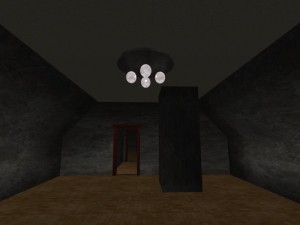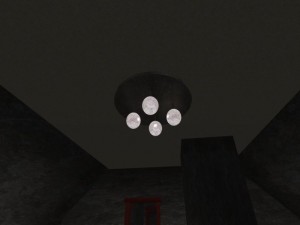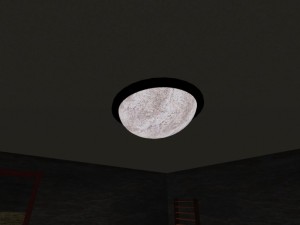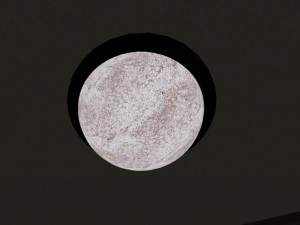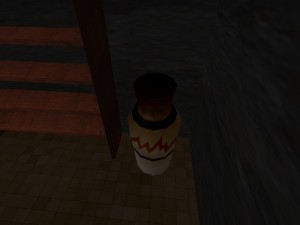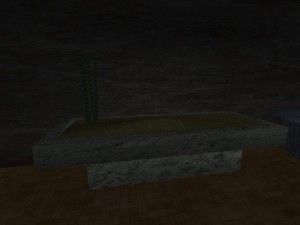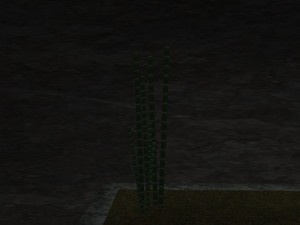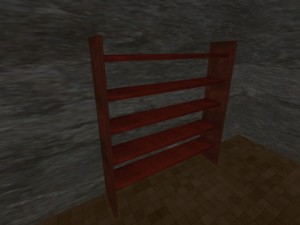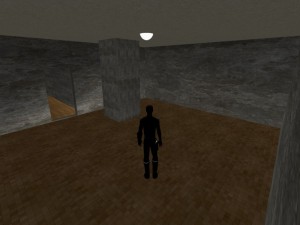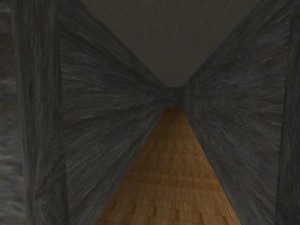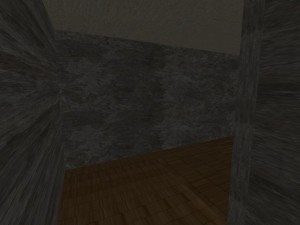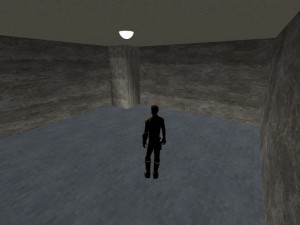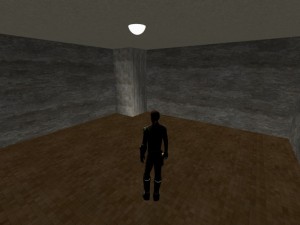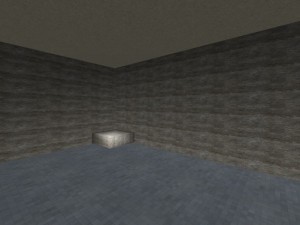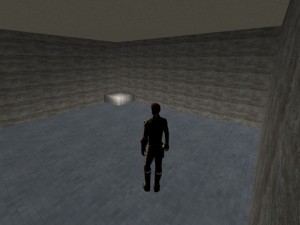I added more and more details to the age – needed a table, so I wondered, what kind of table I should make.
I had the idea of “molding” or “casting” a table out of a D’ni material, some kind of liquid stone that hardens after molding.

On the table, there are my very own firemarbles. I used a light marble texture and colored it with Photshop.
Then I made them glow by using special settings in Blender (will write more about that in the future).
Here you can see them better:
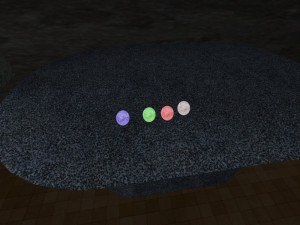
Finally, I added door casings to my doors.
The color I used back then has changed, I didn’t like it a lot:
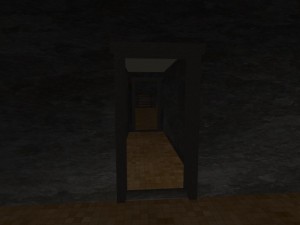
Finally, I changed my sea urchins: made them bigger and of different sizes, so players will see the texture better:
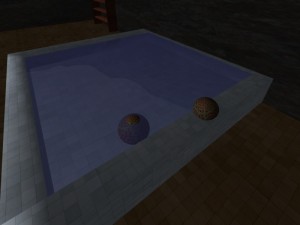
You see, I began to play around with different kinds of objects, sizes, textures and colors to add to my age.
When you’ll make your first age, you will see that the more details you add, the more interesting, vivid and vibrant your age gets.
Try to imagine, what the owner of a room or an age would have added to it, what creatures and plants might live in your age, and so on.
Try to give everything a meaning. Expect the explorers to thoroughly research your ages, so if you want to satisfy them, give them a lot to speculate about. You don’t need to explain everything, just make sure, there is a logic behind things – so that intelligent, curious people, like most of the players are, can detect, explore and research.
I would recommend, that you write a background story about your age. There are so many ages without any story, which is a pity, because I always ask myself – Who wrote the age? Who lived there? What was the purpose of the age? Why and when was it abandoned? What happened since “the Fall”?
I love good background stories – there is no need to write dozens of pages, although the more you think of, the more intriguing the age gets (at least for me, but I very strongly think, there are other explorers like myself.)
Let me give you a quick example. Everything that follows now is made up from scratch:
Let´s say, you build a small garden age with a gazebo, a fountain and some trees. Birds and insects fly around, and on the outside there is a huge desert.
So, let´s imagine a backstory. The age could be an original age of the D’ni, written by a guildsman of the guild of writers named – Kornesh. He, this Kornesh, was a proud but not very skilled man, and so the age, that he called Eder Mahneht, isn´t a very cosy place. It has two suns and is a little bit too hot to be comfortable – only in some hidden places, like this small oasis in a hole in the ground, being in the shadow of some rock overhangs, it is cooler, so that water will not evaporate that quickly, and plants and animals can live.
The guild of maintainers visited the age, but at first deemed it too unsafe to permit visitors to come to it.
But after Kornesh pulled the strings of some influential friends – rumors said, one of them was a powerful guildmaster – the age was given clearance and a maintainers mark.
You see, even with only a few facts you can make up an interesting and compelling backstory.
If you want to make it more interesting, you could add some mystery.
Let’s say, for example, that Korneshs grandson, Rihash, fled to Eder Mahneht, when D’ni fell. He left some traces, like for example some makeshift tools and an old journal, where he writes about strange voices from the desert… could it be, that the man got insane because of his loneliness and the heat? Or did he actually HEAR voices?
I hope, this example helps you to add a nice little story to your age – you could add a journal to your age, where the players can read this backstory and maybe some research done by an explorer.
And if you really want to scare the players, you could add some note by this explorer, that he heard something strange…
Well, I’ll leave you to your imaginations now, sleep well! ;D
![]()


